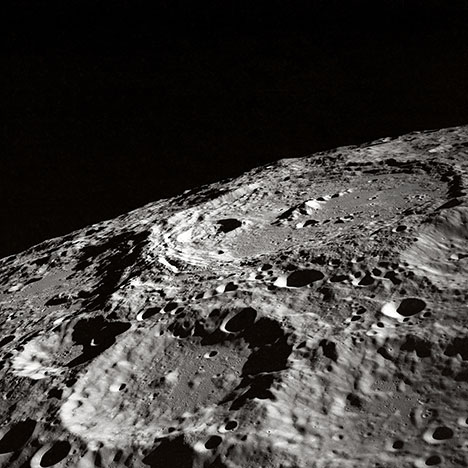
Photo: Flickr, CC
The construction of a lunar information bank, discussed at a conference in Strasbourg last month, would provide survivors on Earth with a remote-access toolkit to rebuild the human race.
A basic version of the ark would contain hard discs holding information such as DNA sequences and instructions for metal smelting or planting crops. It would be buried in a vault just under the lunar surface and transmitters would send the data to heavily protected receivers on earth. if no receivers survived, the ark would continue transmitting the information until new ones could be built. (source)
So the goal would be to have a kind of Wikipedia accessible to the survivors, except that this Wikipedia would try to make it as easy to understand things and follow instructions to reacquire various technologies. It would also contain DNA information to eventually allow the revival of various species of plants and animals that might have also disappeared. It's a bit similar to the Svalbard Global Seed Vault, except in an even more robust location.

Photo: NASA, Public domain.
The databank would need to be buried under rock to protect it from the extreme temperatures, radiation and vacuum on the moon. It would be run partly on solar power. The scientists envisage placing the first experimental databank on the moon no later than 2020 and it could have a lifespan of 30 years. The full archive would be launched by 2035.(source)
The information would be in many languages (such as Arabic, Chinese, English, French, Russian and Spanish), and there would be at least 4,000 "Earth repositories" that would provide shelter, food, a water supply for survivors.
Of course, it's still much better to prevent catastrophes from happening in the first place (which is why we need a better system to monitor asteroids and comets, as well as super-volcanos, and we need to make the likelihood of thermonuclear war as small as possible), but it can't hurt to plan for the worse case scenario. Right now, all of our eggs are in the same basket. After all, existential risks might be unlikely, but they only need to happen once.
Via Daily Galaxy
More Green Space Tech
Luna Ring: A Giant Solar Power Plant on the Moon
Japan's Moonshot? $21 Billion Invested in Space-Based Solar Power



